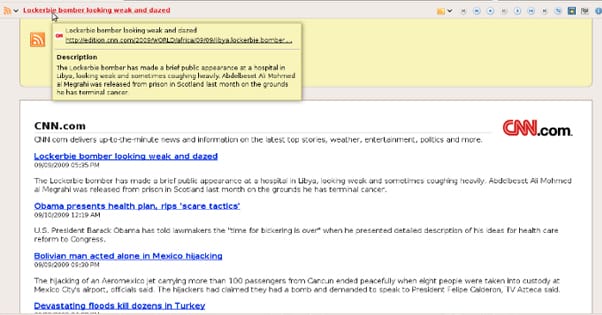

In the past, a RAN was typically built around hardware and software provided by a single company. A RAN is composed of the hardware and software at a cell site-the most common example being antennas and radios on cell towers or on buildings. The RAN connects wireless devices to the network core, which provides computing and workload capabilities, internet connectivity, and more. What is a virtualized radio access network (vRAN)? And how does one work?īefore we get to virtualized radio access networks, let’s start with the basic radio access network, or RAN. But what exactly is a vRAN? What’s the purpose of all these sites, and how will virtualization benefit consumers and businesses? Let’s take a look. (The number of deployed sites is now over 10,000, so we’re well on our way.) It was a huge milestone that sets Verizon’s network apart and shows its commitment to advanced technologies in its network.


In September 2022, Verizon announced that it had deployed 8,000 virtualized radio access network (vRAN) sites across the U.S., with a goal of deploying more than 20,000 by the end of 2025.


 0 kommentar(er)
0 kommentar(er)
